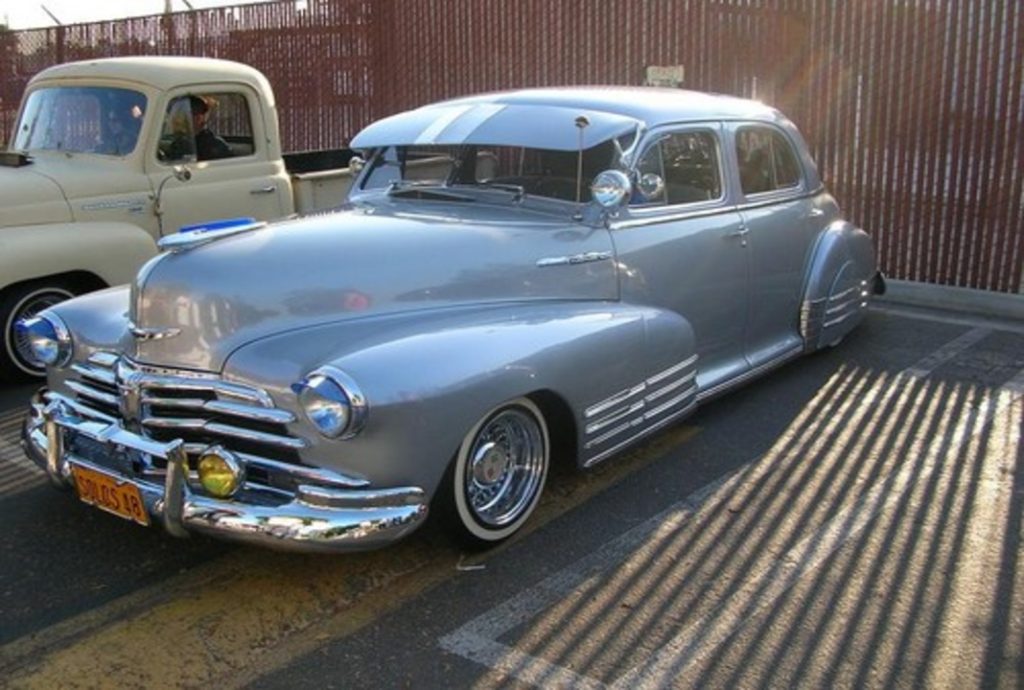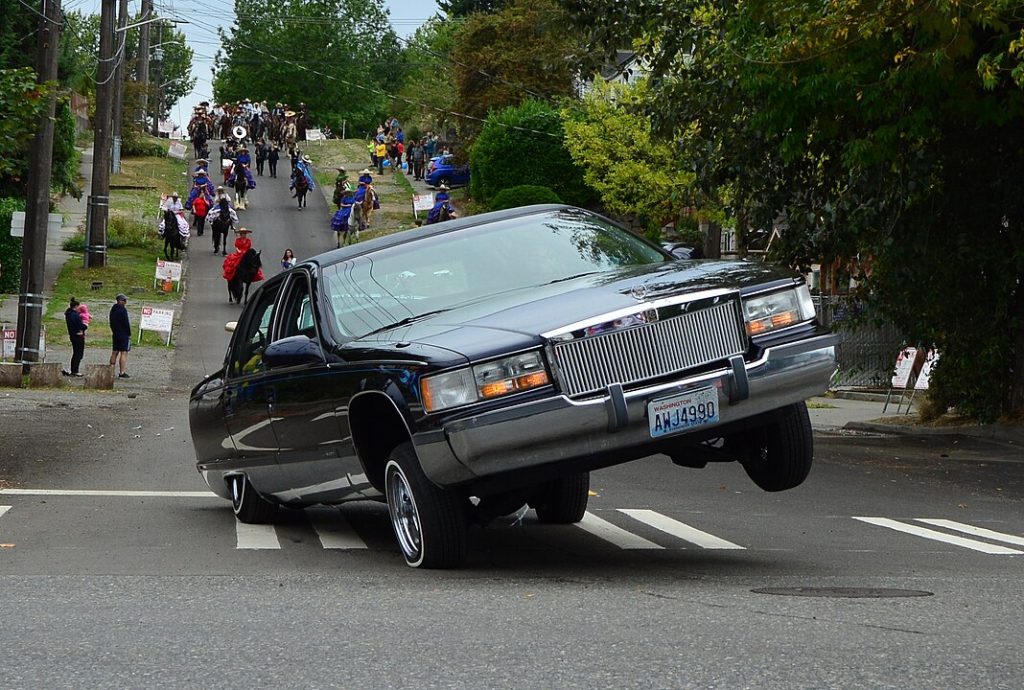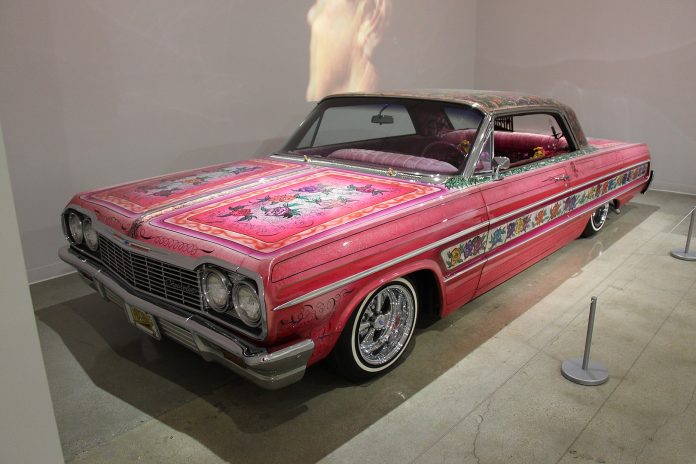Lowrider Car History: Recent Blog by Outreinfo
Lowriders are more than just cars; they are cultural symbols deeply intertwined with the history of the Chicano community in the United States. From their origins in the streets of Los Angeles in the mid-20th century to their present-day global recognition, lowriders have evolved into an expression of identity, artistry, and resistance.
However, the journey of the lowrider car began with creative individuals who sought to push the boundaries of traditional car modification, blending art with automotive engineering to create something unique.
In this article, we will explore the origins of lowrider cars, the cultural influences behind their creation, and the individuals who played a pivotal role in their invention.
We’ll also delve into the technological innovations, such as the hydraulic systems, that made lowriders famous for their distinctive ‘bounce.’ Finally, we’ll examine how lowrider culture spread from its Chicano roots to become a global phenomenon.
The Birth of Lowrider Culture

Early Beginnings in Los Angeles
The roots of lowrider culture can be traced back to the Mexican American neighborhoods of Los Angeles in the 1940s and 1950s. As the post-World War II economy grew, Mexican American youth in the barrios began to adopt American car culture but added their own twist.
Cars were more than a mode of transportation; they were a canvas for creative expression and a way to stand out. The desire to stand out led to the early lowriders modifying their cars by lowering the suspension, thus creating the iconic low, sleek profile that lowriders are known for today.
The term “lowrider” originally referred to the person driving the car rather than the car itself. The cars were intended to “ride low and slow,” symbolizing the laid-back, relaxed Chicano lifestyle.
Customizing cars became a way for Mexican Americans to assert their identity, particularly in a society that often marginalized their culture. Over time, the cars became more elaborate, with modifications not just to the suspension but also to the body, paintwork, and interiors, turning them into rolling works of art.
Influence of Chicano Culture
Lowrider culture is deeply embedded in Chicano culture, a movement that emerged in the 1960s and 1970s as Mexican Americans began to assert their rights and reclaim their heritage.
Lowriders became symbols of this newfound cultural pride, serving as both personal and political statements. The detailed artwork on the cars, often featuring religious imagery, family crests, or Mexican symbols, reflected the values and identity of the Chicano community.
Car clubs began to form around lowriders, with groups like the Imperials, founded by Jesse Valadez, playing a significant role in defining the style and aesthetic of lowrider cars.
These clubs not only promoted the technical aspects of lowriding, such as customizing suspensions and paint jobs, but also created a social and political space where Chicanos could gather, celebrate their culture, and support one another.
Who Invented the Lowrider Car?
While it is impossible to credit a single individual with inventing the lowrider, several key figures and innovations helped shape its development. In the 1950s, the first hydraulic systems were installed in cars, allowing them to be raised and lowered at will. This technological innovation is often seen as the turning point that defined the modern lowrider car.
The Role of Hydraulics
Hydraulic systems, which allow a car’s suspension to be adjusted at the push of a button, became the defining feature of lowriders. The first documented installation of hydraulics in a lowrider car was in 1958 by Jim Logue of Long Beach, California. Logue installed hydraulics in his custom 1954 Ford, called the “Fab X,” giving birth to a new era of lowrider cars.
Shortly after, Ron Aguirre, another key figure in the lowrider scene, installed hydraulics in his 1956 Corvette, known as the X-Sonic. This allowed Aguirre to raise the car to pass over speed bumps and lower it when cruising the streets without violating California’s new laws that prohibited excessively low cars.
These hydraulic systems were adapted from surplus aircraft components, giving lowriders their signature ability to “hop” and “bounce” down the street, a feature that has become synonymous with lowrider culture today.
Jesse Valadez and the Gypsy Rose
Another major figure in lowrider history is Jesse Valadez, a pioneer of the lowrider aesthetic and culture. Valadez is best known for creating the iconic “Gypsy Rose” lowrider, a 1964 Chevrolet Impala adorned with intricate floral designs.
Valadez’s creation became one of the most famous lowriders of all time, even earning a spot in the Smithsonian Museum and being inducted into the Historic Vehicle Association.
Valadez’s work helped elevate lowriders from simple custom cars to a respected art form. The Gypsy Rose, with its detailed paintwork and artistic craftsmanship, became a symbol of Chicano pride and cultural identity, and its influence can still be seen in lowrider designs today.
The Evolution of Lowrider Technology

From Springs to Hydraulics
Initially, lowrider enthusiasts used traditional methods like cutting springs to lower their cars, but this resulted in a bumpy ride and limited control over the car’s height. The introduction of hydraulic systems in the late 1950s revolutionized lowriding.
These systems allowed drivers to control the height of their cars at the push of a button, giving them the ability to raise their cars to avoid obstacles or lower them for cruising.
Hydraulic systems were initially expensive and difficult to install, as they were adapted from surplus aircraft technology. However, as the popularity of lowriders grew, more affordable and accessible kits became available, allowing a wider range of people to participate in lowrider culture.
The Impact of Media and Popular Culture
Lowriders gained wider exposure in the 1970s and 1980s, thanks in part to media representations in movies, music videos, and television. Shows like “Chico and the Man” featured lowriders prominently, helping to bring lowrider culture into mainstream American consciousness. The funk band War’s 1975 hit song “Low Rider” further cemented the lowrider’s place in popular culture.
Lowrider Magazine, founded in 1977 by San Jose State University students, also played a crucial role in popularizing lowrider culture. The magazine featured articles on car customization, as well as stories on the political and cultural issues affecting the Chicano community. It became a voice for lowrider enthusiasts and helped to spread the culture beyond the borders of California.
Lowriders in the 21st Century
A Global Phenomenon
What began as a subculture in the streets of Los Angeles has now become a global phenomenon. Today, lowriders can be found in cities across the United States and around the world, from Japan to Brazil. Car clubs, festivals, and exhibitions celebrate the art of lowriding, and the cars themselves are considered cultural icons.
In 2006, lowriders were even recognized by the Smithsonian Institution, which added the famous Gypsy Rose to its collection as a part of its Latino history exhibit. This was a testament to the lowrider’s enduring influence on American culture and its significance as a symbol of Chicano identity and artistic expression.
The Future of Lowriders
As technology continues to evolve, so too does the lowrider car. New innovations in hydraulics, suspension systems, and car customization are pushing the boundaries of what lowriders can do. At the same time, the cultural significance of lowriders remains as strong as ever. They continue to serve as symbols of pride, resistance, and creativity within the Chicano community and beyond.
Lowrider culture has also embraced sustainability, with some lowrider enthusiasts incorporating electric vehicles into their builds. This fusion of tradition and innovation ensures that lowriders will continue to be a dynamic and evolving part of the automotive culture for years to come.
Conclusion
The invention of the lowrider car cannot be attributed to a single individual but rather to a community of creative, resourceful people who sought to express their identity through their cars. From the early days of cutting springs to the sophisticated hydraulic systems of today, lowriders have evolved into a global symbol of Chicano culture and artistic innovation.
Figures like Jim Logue, Ron Aguirre, and Jesse Valadez played pivotal roles in shaping the lowrider movement, but it was the collective effort of the Chicano community that transformed lowriders from simple cars into rolling works of art.
Today, lowriders continue to captivate enthusiasts around the world, proving that they are not just cars but cultural icons that will endure for generations to come.
Check out recent Blogs by Outreinfo – Click here to read articles

